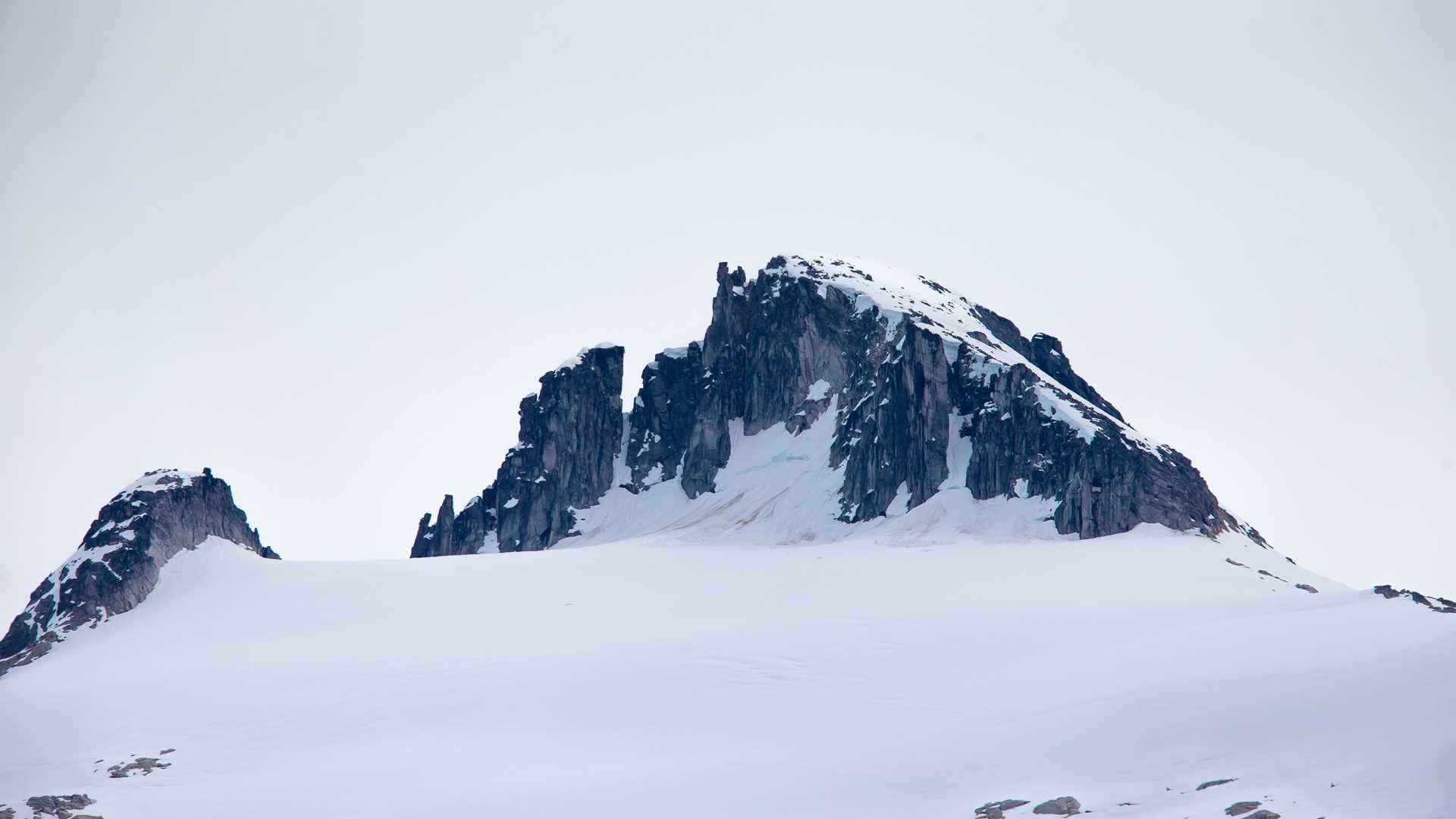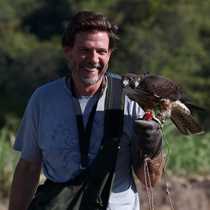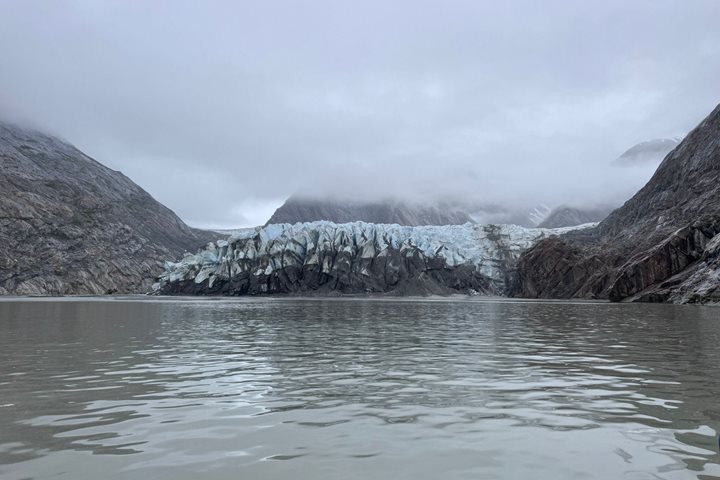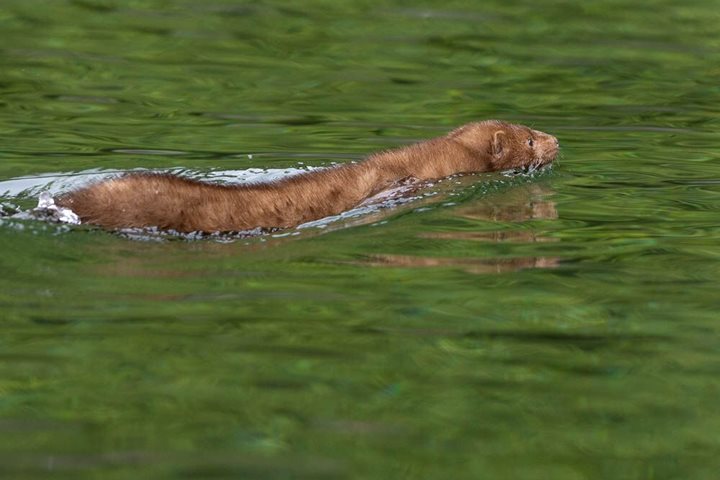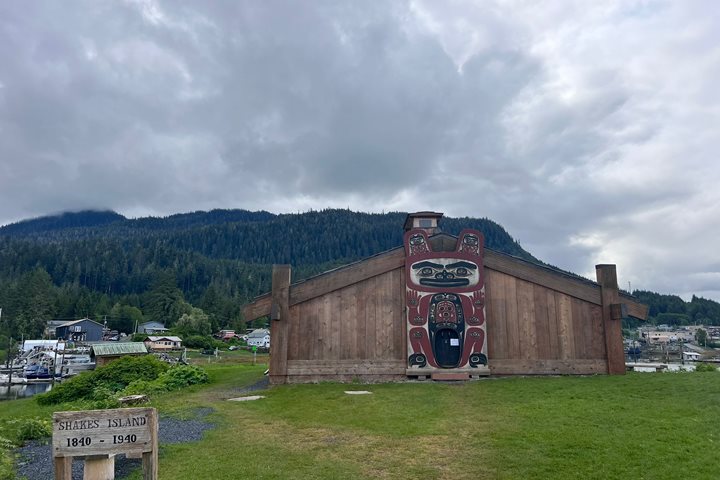National Geographic Sea Bird crossed the terminal moraine to enter Holkham Bay at around six in the morning. High overcast and beautiful light made our cruising into Endicott Arm very special. The glacier-carved valleys are equally impressive for those who have been here before, and for those who just saw them for the first time.
The ship maneuvered through ice of different sizes to get closer to the face of Dawes Glacier. Here we deployed our Zodiac boats to cruise around the ice, close to the steep walls of the fjord, and to take a closer look at Dawes itself. From a distance we could hear the thunder, which inundated the atmosphere with a loud and distant roar, produced by ice and not by clouds; produced by violent impact and not by electric forces.
From our Zodiacs, we could see the icebergs and smaller chunks of ice at closer proximity. Our naturalists unfolded the story on how these fjords were carved by ice, and how that ice was formed far away. We learned about ecological succession and the chronological history of life returning to the landscape after ice retreated.
Later in the day, our ship repositioned to the entrance of Ford’s Terror. This narrow fjord has a funnel-like entrance, which produces very violent currents, whirlpools, and tidal waves as the tides change. Since we were there at close to slack tide on our inflatable boats, we got a small taste of the nature of this place as the current gradually picked up.
Kayakers left the stern of the ship to explore the calm waters just out of the entrance to Ford’s Terror. The majestic landscapes, numerous waterfalls, and the peace of kayaking surrounded by nature made it for a very special occasion to remember.

